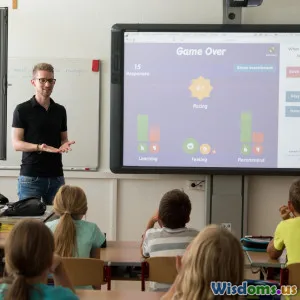
How to Boost Student Motivation with Real World Examples
15 min read Explore effective strategies and real world examples to boost student motivation across different learning environments. (0 Reviews)
How to Boost Student Motivation with Real World Examples
When students are genuinely motivated, the classroom transforms into a hub of curiosity and engagement. But in a world of distractions and rising academic pressures, nurturing motivation is more crucial and challenging than ever. What makes some students light up with enthusiasm and persistence, while others struggle to find meaning in their studies? The answer often lies in a teacher’s ability to connect learning to the real world—sparking that vital 'why' behind every lesson.
In this article, we’ll explore practical strategies to ignite student motivation by drawing upon real world examples, stories of success, and actionable classroom techniques. Whether you teach elementary school, high school, or adult learners, these approaches can reinvigorate your practice and inspire your students.
Connect Concepts to Everyday Life
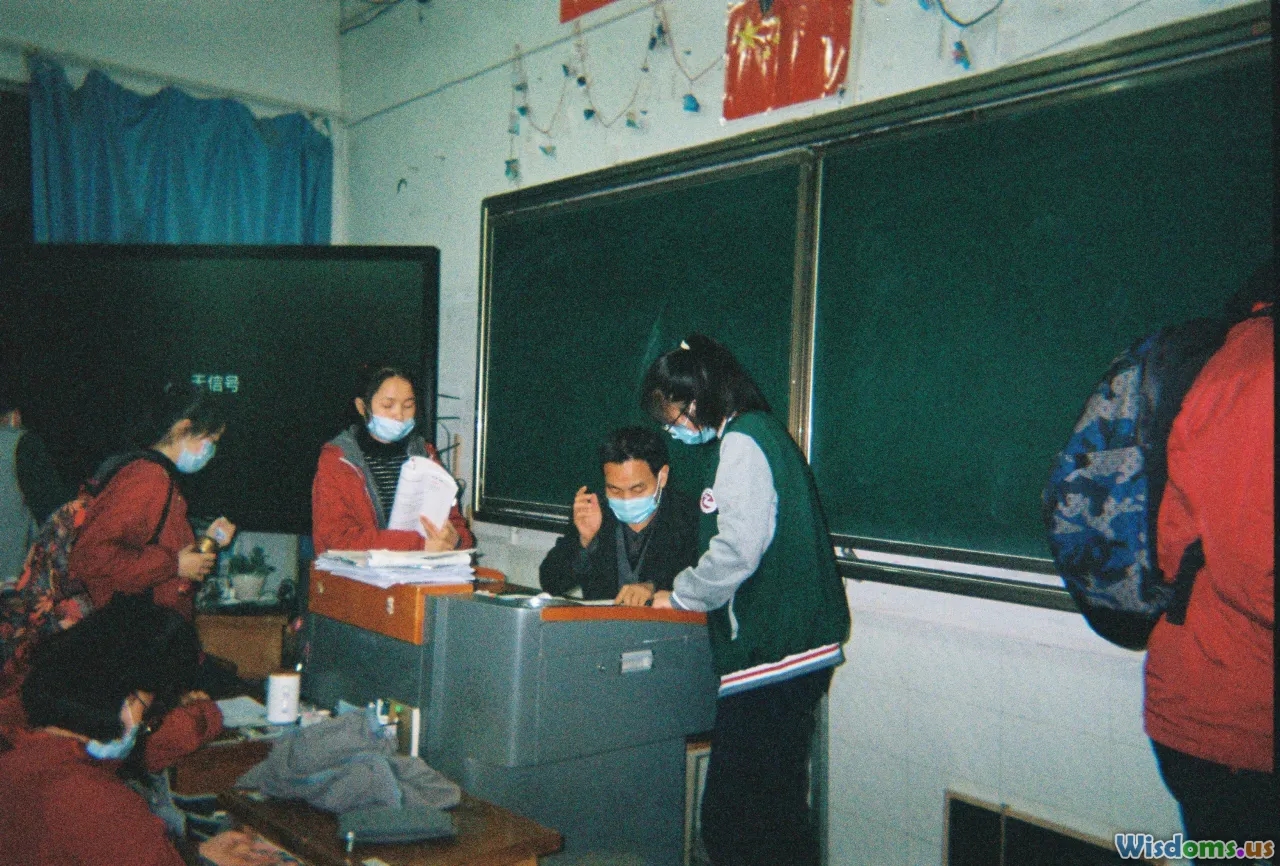
One of the simplest yet most powerful motivators is relevance. When students see how their learning applies to problems they might encounter beyond school, engagement soars.
Real World Application: Mathematics and Financial Literacy
Take, for example, a middle school math teacher who transforms lessons on percentages and interest rates by having students compare real bank savings accounts or calculate discounts during imaginary online shopping sprees. According to a 2021 survey by the Council for Economic Education, states that introduced mandatory personal finance education saw a marked improvement in students’ financial confidence and decision-making.
Tip: Start units with a current event, news article, or problem scenario (e.g., "Why do sports players get million dollar contracts? Let's calculate their value using statistics.")
Connecting Literature to Modern Issues
Similarly, literature classes often come alive when teachers pair classic texts with present-day parallels. While reading Shakespeare’s “Romeo and Juliet,” one teacher asked her students to identify modern-day conflicts shaped by family and social group pressures, prompting insightful discussions about everything from immigration to social media.
Science in Action: Local Environmental Studies
In science, teachers who partnered with nearby environmental organizations gave students chances to test water quality in local streams, discuss climate data, and present findings to their community councils—bridging textbook learning with civic participation.
Actionable Advice: Whenever possible, ground new concepts in tangible, relatable situations your students either experience now or will face in the future.
Invite Students to Solve Real Problems
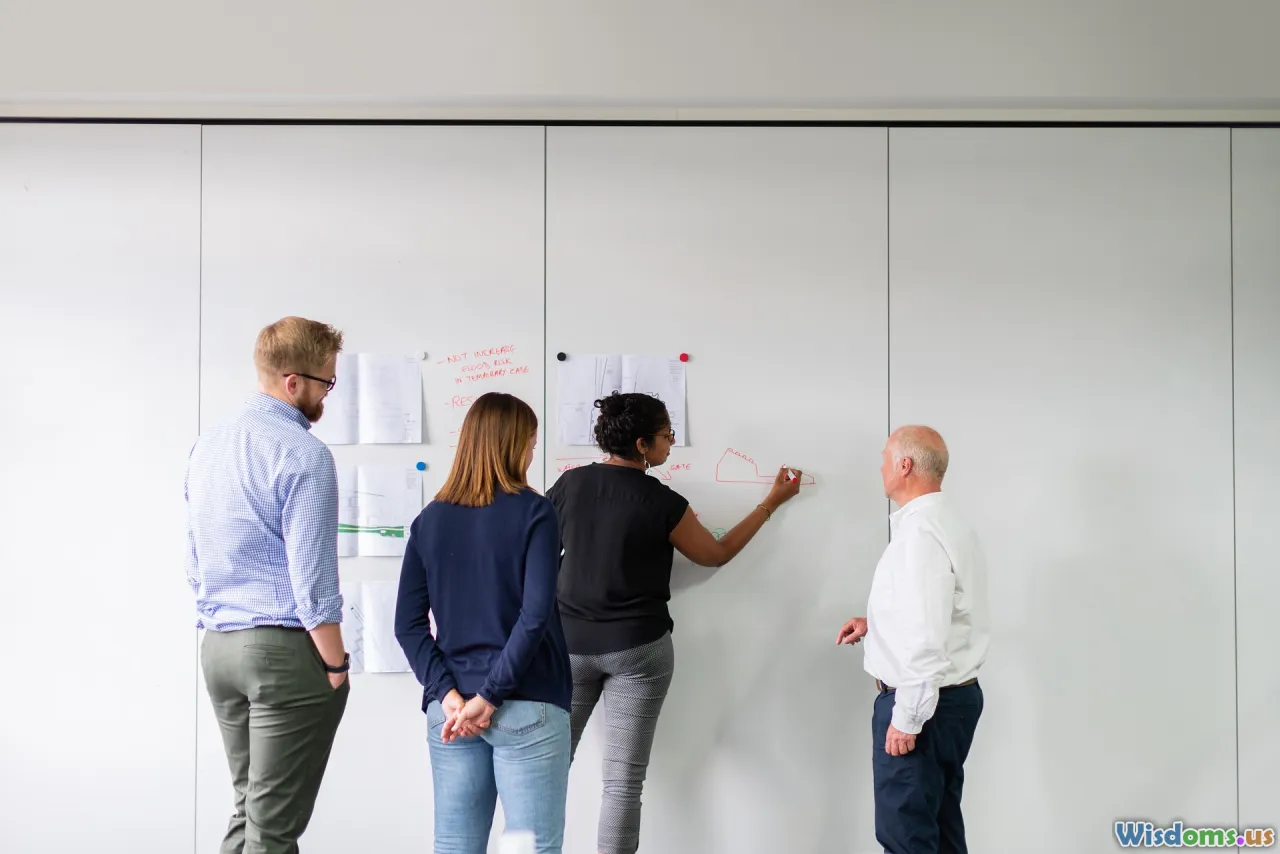
Motivation skyrockets when students move beyond memorization and are tasked with making a genuine impact. Authentic problem solving allows students to see the value of their knowledge in concrete terms—and builds vital critical thinking skills on the way.
Example: High School "Shark Tank"
A high school entrepreneurship class modeled its curriculum after the popular "Shark Tank" TV show. Students developed product pitches, conducted market research, created business plans, then presented to real local business leaders acting as "sharks." This project led to a doubling of class enrollment the following year and several student groups continuing with their ventures beyond graduation.
STEM Challenges with Community Stakeholders
In a 2022 urban STEM initiative, students were tasked with creating rainwater collection systems for their own school rooftop. Working with local engineers, they designed, built, and monitored prototypes, ultimately reducing their school's water costs by 12%—a result with real community benefits.
Service Learning in Social Studies
Social studies teachers frequently push engagement higher by including service learning: students identify needs in the community (such as food insecurity or lack of voter registration), then plan and execute service projects, from organizing food drives to running informational campaigns. These projects provide intrinsic motivation—students want to make a difference, not just earn a grade.
How-to: Transform at least one unit each semester into a problem-based project grounded in school, community, or global issues. Allow students to identify the problem wherever possible, and invite local experts to act as mentors or audiences.
Leverage Role Models and Mentors

The power of seeing oneself reflected in another's journey can't be overstated. Relatable role models provide not just inspiration but a roadmap to success, especially when representation aligns with a classroom’s diversity.
Guest Speakers and "Career Days"
Many schools boost motivation by bringing in professionals—from engineers and journalists to artists and healthcare workers—who share stories of struggle, determination, and achievement. For instance, a Chicago high school hosts monthly career breakfasts, where alumni return to describe their paths through college and into thriving careers. Feedback from students consistently shows greater motivation and clearer post-graduation plans.
Peer Mentorship Across Levels
Pairing older and younger students provides a real-world dynamic of guidance and support. One college access program in Los Angeles saw a 23% increase in college application rates after enlisting juniors and seniors to mentor freshmen, demystifying subjects that once felt overwhelming.
Practical Advice: Aim for role models who can speak authentically about setbacks as well as successes. Virtual guest speakers widen possibilities for remote and rural classrooms.
Use Technology to Bridge the Gap

Digital technologies, when thoughtfully integrated, can raise motivation by making learning interactive, accessible, and connected to the outside world.
Virtual Simulations and Global Learning
Consider platforms like Google Earth and Virtual Reality Expeditions: social studies students can explore world monuments virtually; science students can investigate the inside of a cell during a biology lesson. A study published by the International Journal of Educational Technology in 2020 found that virtual field trips led to higher engagement and information retention.
Online Collaboration Projects
Digital tools also dissolve restrictions of place and time. Students in a language-learning class might partner with peers in other countries via pen-pal platforms or shared class projects, gaining motivation to master conversation skills as they develop new friendships.
In an innovative example, two English literature classes—one in Texas and another in Scotland—ran a year-long joint e-book annotation project, comparing cultural interpretations of the same novel. Teachers reported deeper discussions and more frequent participation.
Tip: Use digital tools to allow students a window into real professions (virtual job shadows), collaborate on real-world problems (global science competitions like the Google Science Fair), or interact in authentic contexts (publishing class blogs, podcasts, or community newsletters).
Foster Autonomy and Choice
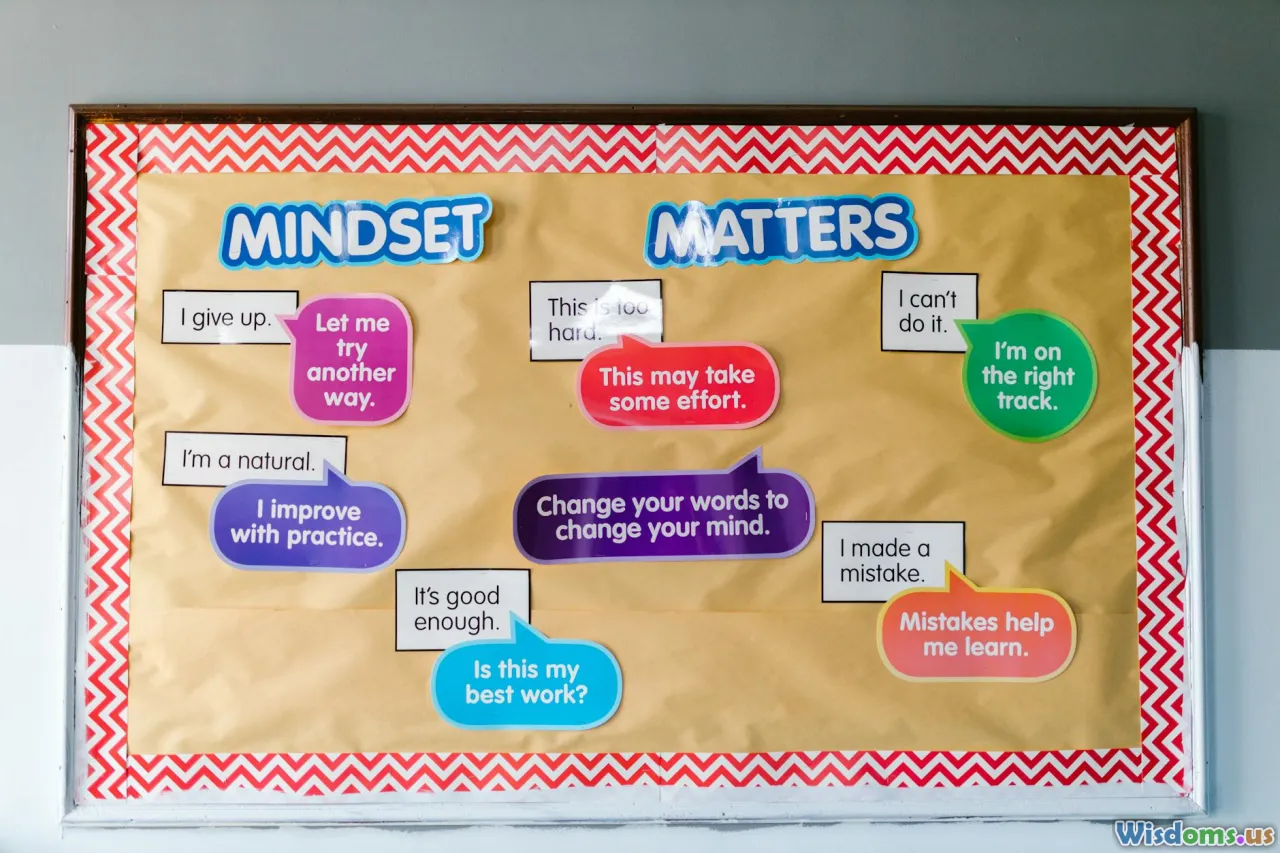
Giving students agency over some aspects of their learning significantly fuels intrinsic motivation. According to educational psychologist Daniel Pink’s famed work on motivation, autonomy is a key driver of sustained engagement.
Choice in Assignments and Assessment
A history teacher in Massachusetts found greater motivation and creativity after letting students select how to demonstrate their knowledge: some created podcasts, others built models, and some preferred analytical essays. This project-based variation led not only to more buy-in but also higher grades and fewer late submissions.
Electives and Personalized Learning Paths
When schools allow students freedom to pursue electives based on their interests—from robotics to culinary arts to creative writing—attendance and overall satisfaction tend to climb. Research from the NASBE (National Association of State Boards of Education) shows districts with varied elective options have lower dropout rates.
How-to: Provide structured choices for students on each major project—offer formats, partners, or topics. Be clear about the criteria for success for all options.
Build a Safe and Supportive Environment
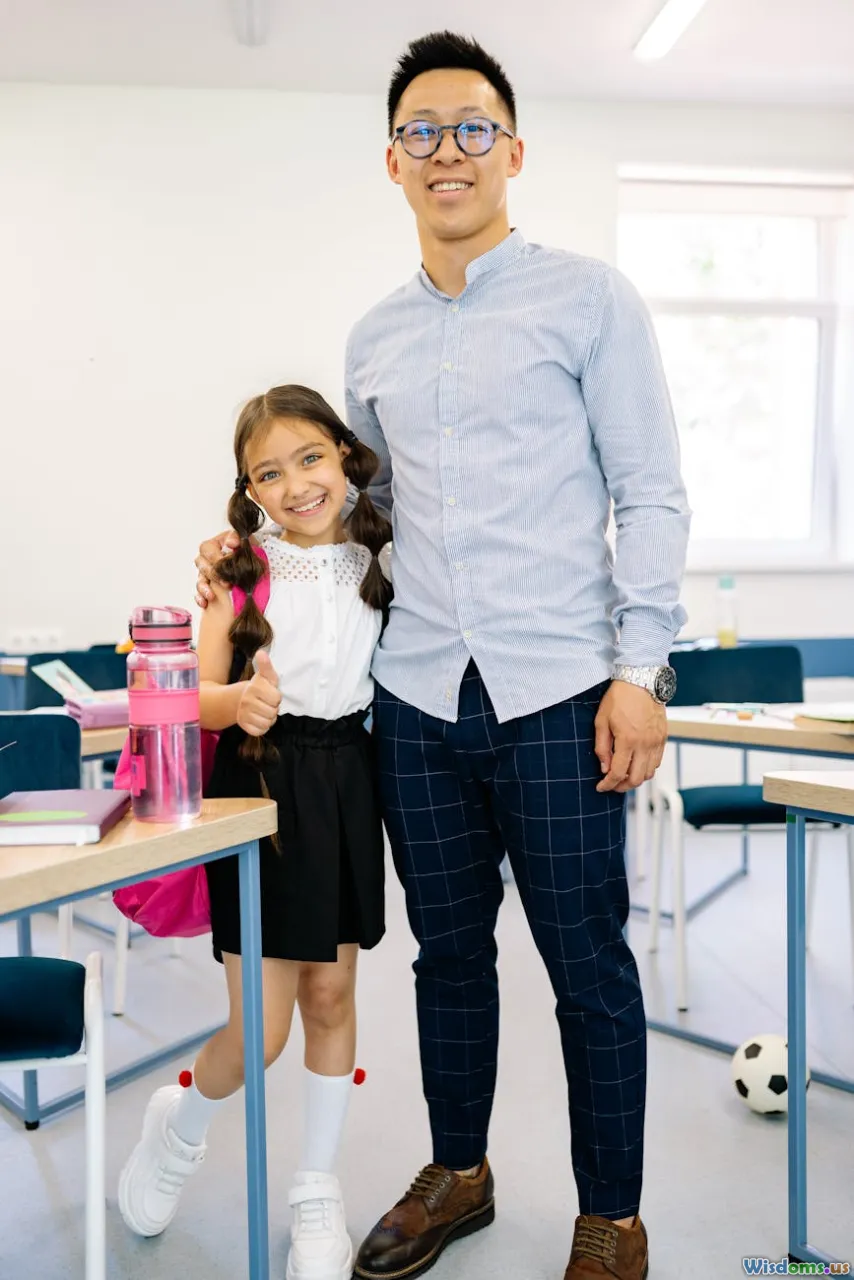
Motivation can't flourish where students fear embarrassment, judgment, or failure. Cultivating an environment where every student feels safe to take risks and express ideas is essential.
Embracing Mistakes as Learning Opportunities
Reflecting the approach at Google’s X Labs (the "moonshot factory"), some classrooms hold "failure celebrations" where students recount attempts that didn’t work—and what they learned as a result. This normalizes experimentation and resilience, rather than perfection, as the goal.
Celebratory Routines and Feedback
A New York elementary school teacher begins each day with a "gratitude circle," where students share recent accomplishments, big or small. Others use regular peer and teacher feedback sessions that emphasize growth and improvement, rather than numerical grades.
Key Practice: Demonstrate patience, warmth, and encouragement. Address mistakes as paths to growth, not dead ends.
Harness Competition and Collaboration Wisely
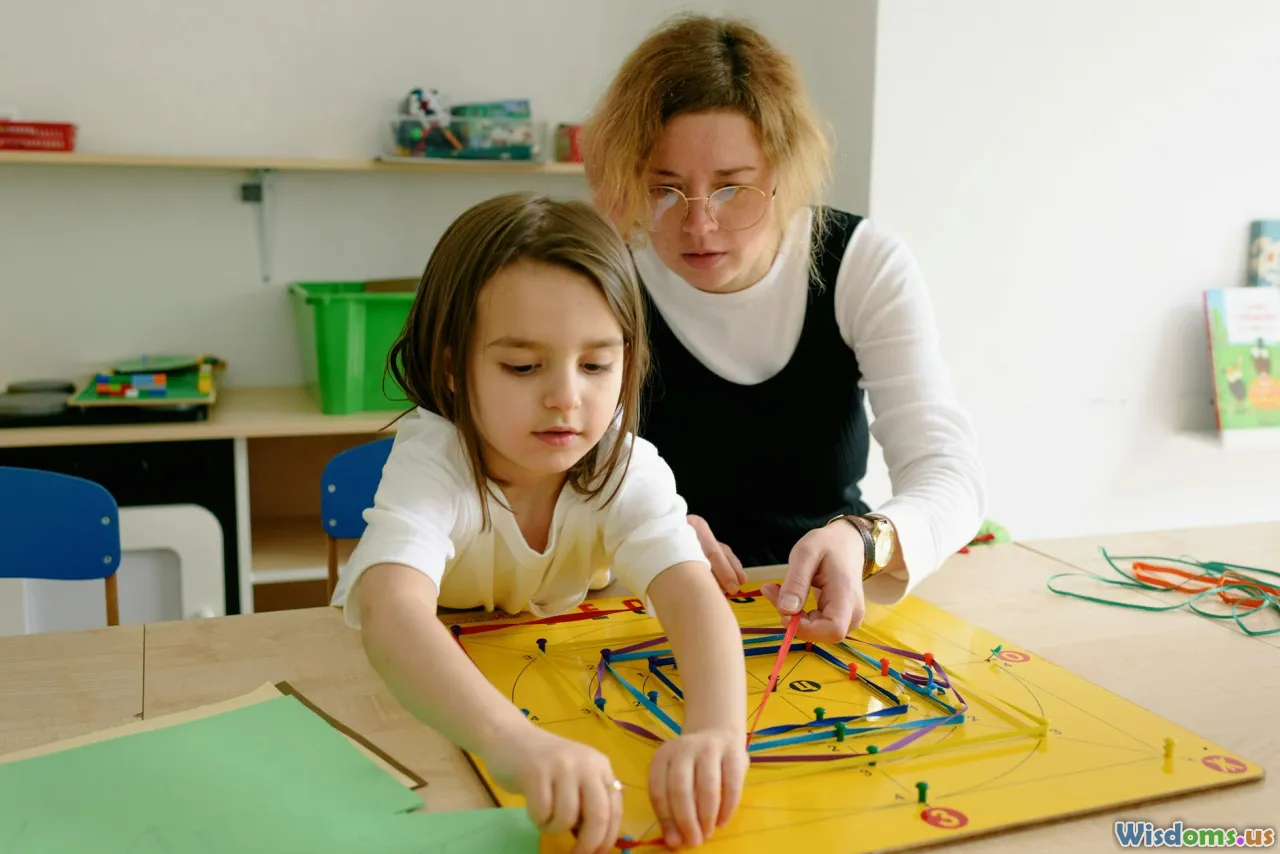
Healthy competition and teamwork can intensify motivation—if approached thoughtfully.
Academic Competitions Connected to Careers
Consider science fairs, math leagues, and Model United Nations. A robotics team in Washington, for instance, worked after school for months designing and refining their robot for state competitions. Teamwork, real deadlines, and skilled judges pushed students beyond classroom limits and fueled interest in STEM fields.
Collaborative Problem-Based Learning
However, collaboration matters just as much: group projects where students take on interdependent roles mirror real world workplaces. For example, a journalism class divided into research, writing, photography, and editing teams to produce a school magazine, learning to resolve conflicts and celebrate group achievements.
Advice: Combine collaborative and competitive activities to cater to diverse learning preferences and build a community of motivated learners.
Highlight Progress and Celebrate Achievements

Visible progress and recognition feed a growth mindset and self-efficacy.
Tracking Individual Progress
Some teachers use online portfolios or visual progress charts. At a middle school in Denver, every student kept a data binder, tracking math scores, reading progress, and personal goals. Seeing quantifiable improvement bolstered self-motivation.
School-Wide Celebrations
Beyond grades, many schools honor students for attendance, persistence, creativity, or growth. Assemblies, certificates, and wall displays create an environment where every effort is visible and valued.
Implementation: Provide multiple opportunities for students to track, reflect on, and share their progress—in large and small groups, online and in person.
The art of boosting student motivation lies in making learning feel urgent, meaningful, and achievable. By weaving together concrete, real world connections, authentic problem solving, role models, supportive environments, and the right balance of autonomy and teamwork, every teacher can unlock the engines of engagement. Ultimately, inspired students become not just better learners—which is worthy in itself—but curious, capable citizens ready to solve tomorrow’s challenges.
Rate the Post
User Reviews
Popular Posts



















